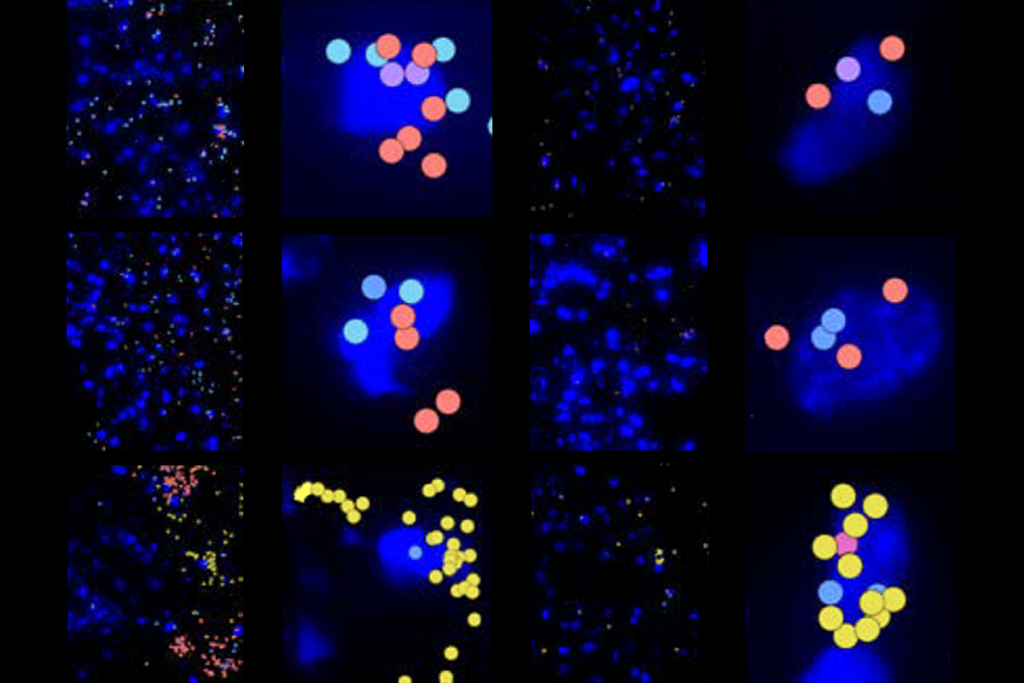Natasha Gilbert is a freelance writer who has spent a decade covering the environment, biology, agriculture and education for outlets including The Guardian, National Public Radio and Scientific American. She is a former staff reporter for Nature. She has an M.Sc. in philosophy of science from the London School of Economics and a B.Sc. in environmental biology from the University of Reading in the U.K. She is a native Londoner living in Washington, D.C.
Natasha Gilbert
From this contributor
Snapshots reveal striking changes in adult brain over time
The most detailed depiction of an individual brain to date shows that the connections in a person's brain vary significantly over the course of a year and a half.

Snapshots reveal striking changes in adult brain over time
Explore more from The Transmitter
Machine learning spots neural progenitors in adult human brains
But the finding has not settled the long-standing debate over the existence and extent of neurogenesis during adulthood, says Yale University neuroscientist Juan Arellano.

Machine learning spots neural progenitors in adult human brains
But the finding has not settled the long-standing debate over the existence and extent of neurogenesis during adulthood, says Yale University neuroscientist Juan Arellano.
Xiao-Jing Wang outlines the future of theoretical neuroscience
Wang discusses why he decided the time was right for a new theoretical neuroscience textbook and how bifurcation is a key missing concept in neuroscience explanations.
Xiao-Jing Wang outlines the future of theoretical neuroscience
Wang discusses why he decided the time was right for a new theoretical neuroscience textbook and how bifurcation is a key missing concept in neuroscience explanations.
Memory study sparks debate over statistical methods
Critics of a 2024 Nature paper suggest the authors failed to address the risk of false-positive findings. The authors argue more rigorous methods can result in missed leads.

Memory study sparks debate over statistical methods
Critics of a 2024 Nature paper suggest the authors failed to address the risk of false-positive findings. The authors argue more rigorous methods can result in missed leads.